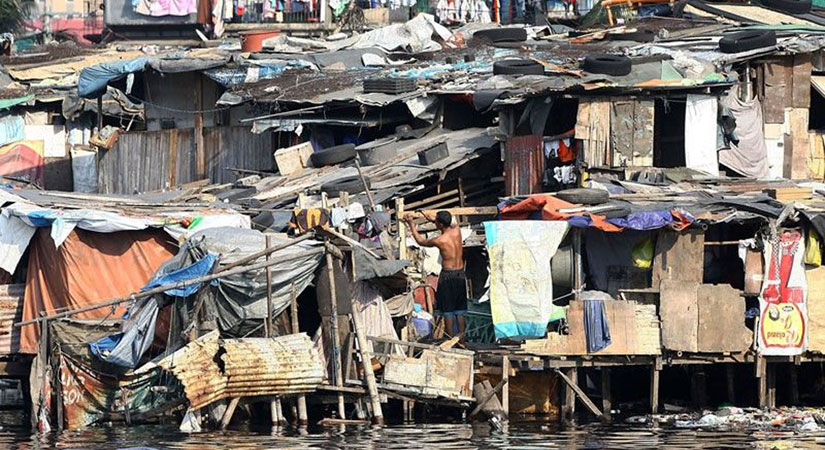
BETWEEN 5.3 million and nine million people in East Asia and the Pacific are expected to fall into extreme poverty this year as the coronavirus pandemic wipes out years of poverty reduction gains and creates a group of “new poor,” according to the World Bank.
In its “Poverty and Shared Prosperity” report released Wednesday, the World Bank said the estimate is based on the projected increase in the extreme poverty rate, or those living on less than $1.90 per day, in the region, to 1-1.2% by year’s end from 0.8% in early 2020 before the pandemic put a stop to much economic activity.
Globally, the pandemic is expected to push between 88 million and 115 million people into extreme poverty this year, reversing the gains made in the past three years.
It said reducing extreme poverty has slowed down compared with previous decades, making the target of a 3% global poverty rate by 2030 more difficult.
“The COVID-19 (coronavirus disease 2019) pandemic is expected to set back the achievement of this goal even more unless unprecedented efforts are successful in promoting faster inclusive growth in the future,” it said.
It said the pandemic has deepened income inequality and threatens the inclusiveness of the economic recovery.
“Evidence also indicates that, despite government efforts to redistribute income to mitigate the effects of pandemics, inequality increases, reflecting the extent of the long-term effects caused by job losses, income shocks, and diminished job opportunities,” the report noted, citing a different study.
“Emerging evidence on the effects of COVID-19 echoes these trends.”
Those that fell into poverty because of the pandemic are identified as the “new poor,” with middle-income economies accounting for three-quarters of the total.
It said the new poor are likely to live in urban areas with good access to infrastructure. They are also more educated, likely to be paid employees and are working in manufacturing, services and commerce.
“New evidence shows that the ‘new poor’ are different, but the total profile of global poverty will still contain a large share of rural groups, children, and under-schooled adults, underscoring the double challenge of implementing new and specific policy responses for the ‘new poor’ without diminishing support to the regularly vulnerable,” it said.
The report noted there were 7.8 million extreme poor in the Philippines, based on data from 2015, the most recent survey year.
Last month, the World Bank estimated more than two million will slide into poverty in the Philippines this year based on a lower-middle-income poverty threshold of $3.20 per day. This is due to the projected increase in the poverty rate to 22.4% this year from the estimated 20.5% rate last year.
Meanwhile, the bank said shared prosperity, which measures the extent to which economic growth is inclusive, were positive in all economies in East Asia and the Pacific, including the Philippines.
“By reducing growth in average incomes, COVID-19 has already led to major declines in shared prosperity, which will persist until the virus is controlled, lockdown measures are eased, and growth eventually resumes. There is considerable uncertainty about how long the current recession will last, and thus how large the reduction in shared prosperity will be,” it said. — Beatrice M. Laforga
